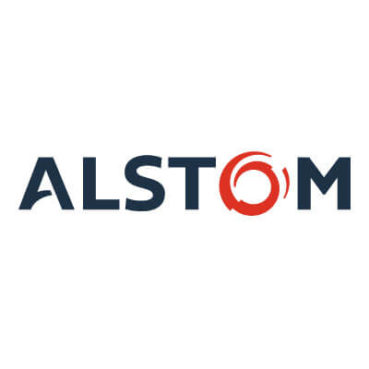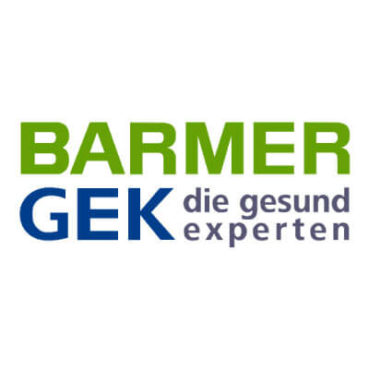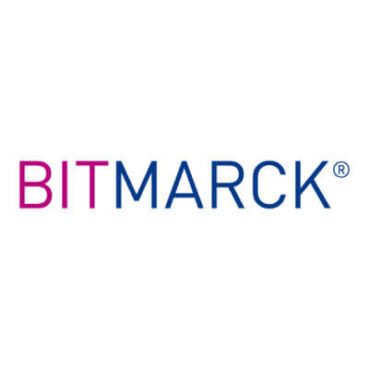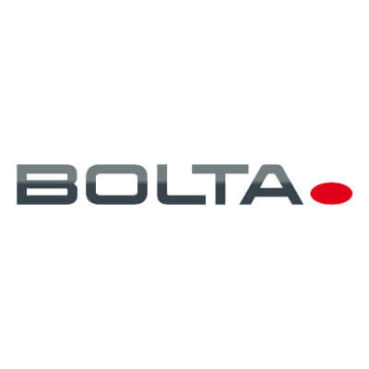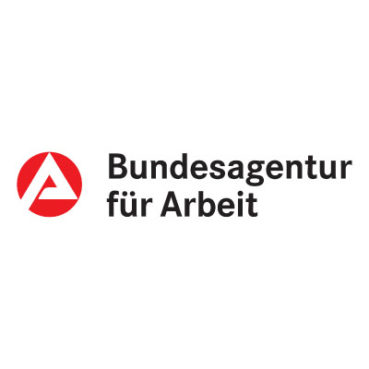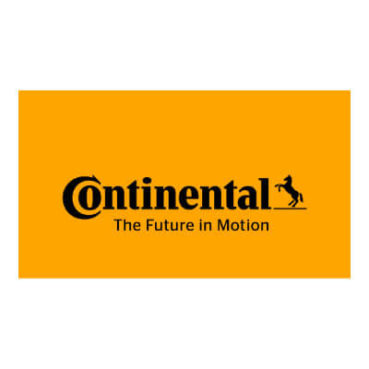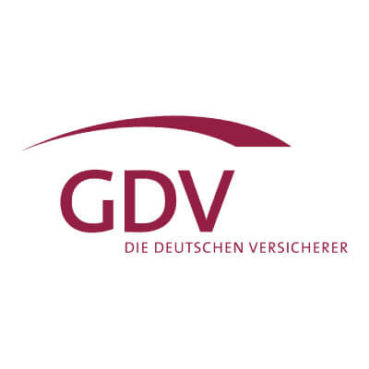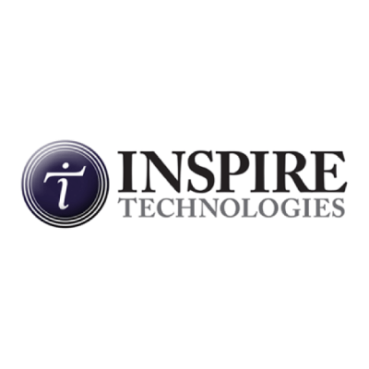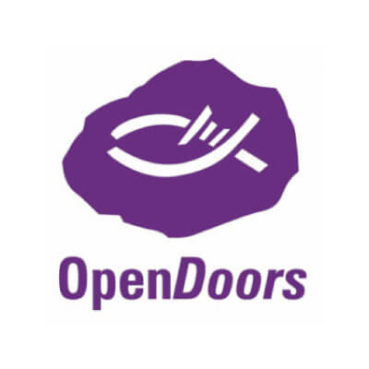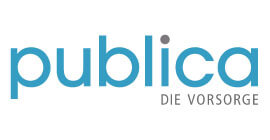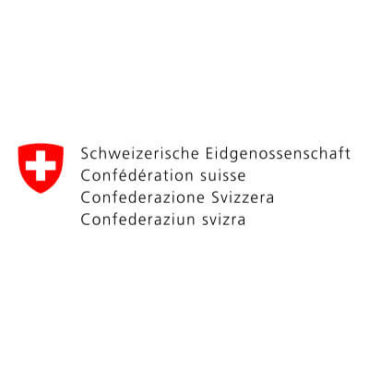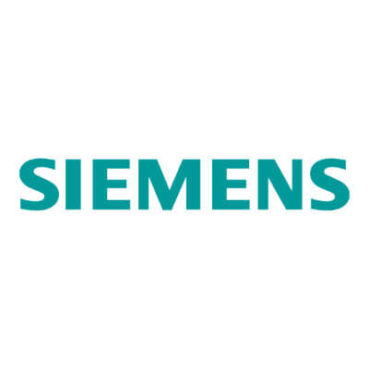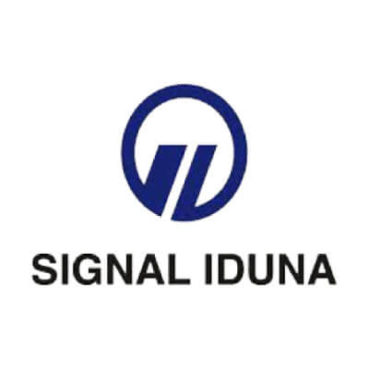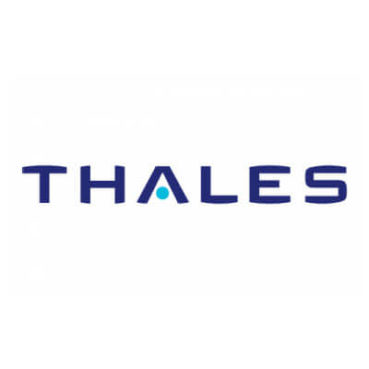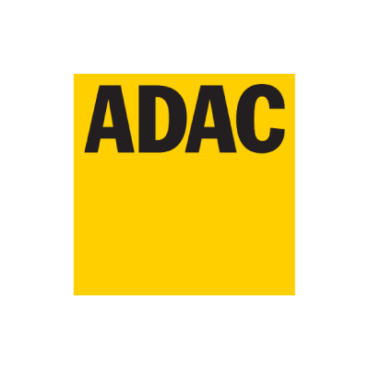
Use the Smartfacts platform for consistent traceability across a large number of tools and domains. Smartfacts has a plug-in or an integration strategy for every tool. Traceability across all tools is ensured thanks to Smartfact’s central LinkIndex. Important: All information and functions are available in your usual working environment. You don’t need to leave your tool to view information stored in both directions or to maintain links.
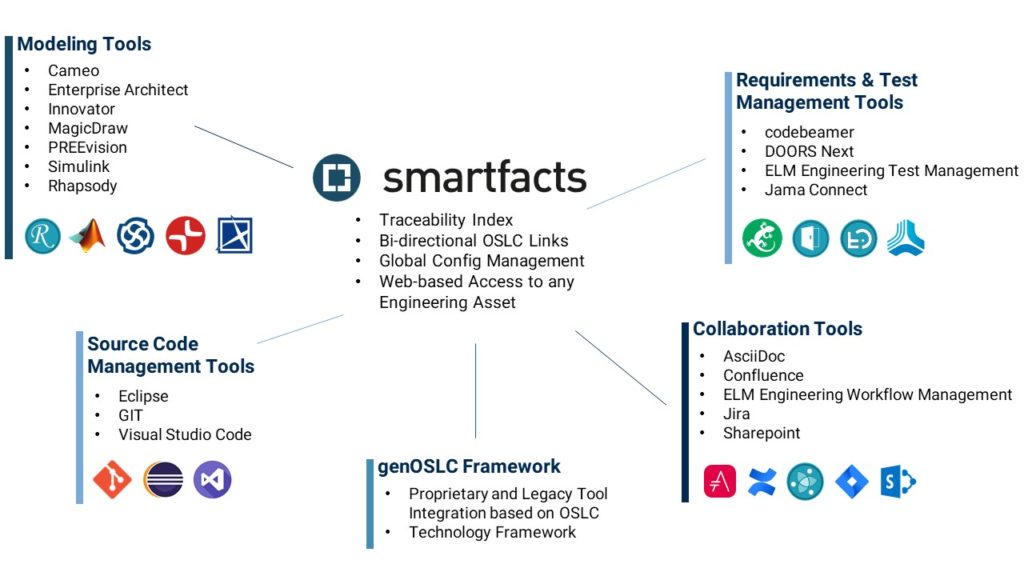
Using the Standard: OSLC
Smartfacts is fully OSLC-based. You can use the OSLC standard to map special traceability scenarios on a large scale and between artifacts from various tools and domains. Unlike other alternative mechanisms often employed (e.g. synchronization), OSLC supports version management and linking scenarios with changing versions of the linked information models. The Smartfacts Traceability Platform is a single implemented approach across all tools.
From Requirement to Code
MID provides an approach for traceability between UML / SysML models, requirements, test cases and source code. This enables even code objects, such as classes, interfaces or methods to be linked. The linked code is then visible in the architecture or requirements management tool and architecture diagrams in IDE. This enables traceability to be managed throughout the entire “V”, including the source code.

Global Config Management
Work results from all engineering disciplines normally exist in a versioned form nowadays. Using global configuration across domains enables consistent views across multiple domains. The major strength of this approach is that information models can be consistently reused. Smartfacts enables you to define your own global configuration or to use IBM ELM platform’s global configurations.
Make Tools OSLC-Compatible
Tools which you have developed yourself or those with no OSLC interface are often part of the innovation process. MID has developed the genOSLC framework to encapsulate the abilities and functions of an OSLC provider and a consumer. It is easy to use the framework to make a tool OSLC-compatible, enabling it to also work with global configurations.

Video Examples
MID in Action
Do you want to find out more about Smartfacts and traceability management in the model-based systems engineering community? Then check out our exciting blog entries, success stories and news from MID all to do with this topic.


